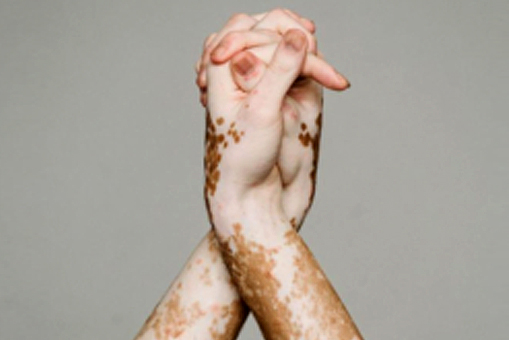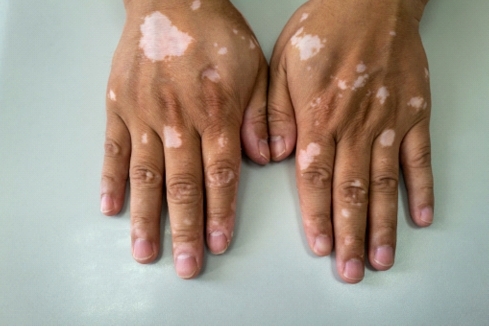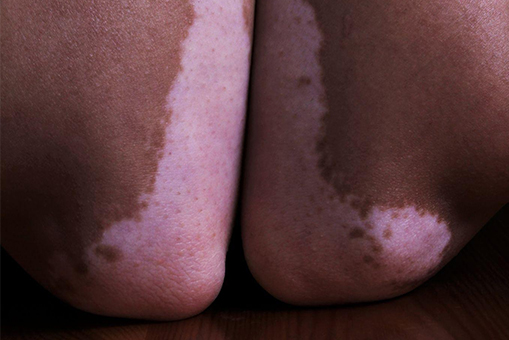Vitiligo is a skin condition characterised by soft white spots (called macules or patches) on a person’s skin. It usually begins with the hands, forearms, feet, and face. Vitiligo affects around 1% of the world’s population.
What Exactly Is Vitiligo?
Vitiligo is a skin condition that causes colour loss in the skin. Soft white spots (called macules if less than 5mm or patches if 5mm or bigger) emerge on a person’s skin. If you have vitiligo in a hairy area, your body’s hair may also become white. Search for a top homeopathic doctor for vitiligo.
The disorder arises when the body’s immune system destroys melanocytes (the skin cells that create melanin, the chemical that gives skin its colour or pigmentation).
What Are The Different Types Of Vitiligo?
Vitiligo can manifest as:
● When white patches occur in several locations on the body, they are said to be generalised.
● Segmental refers to a condition limited to one side of the body or location, such as the hands or face.
● Mucosal, affecting the mucous membranes of the mouth and genitals.
● Focal is a distinctive form in which the macules are concentrated in a limited region and do not spread predictably within one to two years.
● Trichome signifies a white or colourless core, followed by a lighter pigmented region and a typically coloured skin patch.
● Another uncommon kind of vitiligo affects more than 80% of the skin.
What Exactly Causes Vitiligo?
Although the causes of vitiligo are not fully known, there are several theories:
Autoimmune disorder: The immune system of the sick person may produce antibodies that damage melanocytes.
About 30% of vitiligo cases are hereditary. Certain variables that may enhance the likelihood of developing vitiligo can be inherited.
Neurogenic factors: A harmful material to melanocytes may be secreted at skin nerve terminals.
Self-destruction: Melanocytes destroy themselves due to a flaw.
Certain circumstances, including physical or mental stress, might also cause vitiligo. Because none of the answers appears to explain the illness fully, vitiligo is probably caused by a mix of these variables.
What Is The Prevalence Of Vitiligo?
Vitiligo affects roughly 1% or slightly more of the world’s population. Vitiligo affects people of all races and genders equally. However, it is more noticeable in persons with darker skin. Although vitiligo can arise at any age, it is more frequent in those between 10 to 30 years. Vitiligo is uncommon among children and the elderly.
Is Vitiligo A Painful Condition?
Vitiligo is not a painful condition. However, sunburns on lighter sections of skin can be severe. Some vitiligo patients have often experienced itching skin, including before the depigmentation begins. Protecting oneself from the sun is critical by applying sunscreen, staying out of the sun during its peak hours, and wearing protective clothing.
Is Vitiligo Something I Inherited?
Vitiligo is not always hereditary. However, around 30% of vitiligo patients have at least one close family member who also has vitiligo.
What Are The Symptoms And Indicators Of Vitiligo?
Vitiligo symptoms and signs include the following:
Skin colour fades in patches. This includes your eyes and the mucous membranes of your mouth and nose. Patches of hair on your head or cheeks turn grey or white before their time.

 John Doe
John Doe



 [newsletter_form form="1"]
[newsletter_form form="1"]